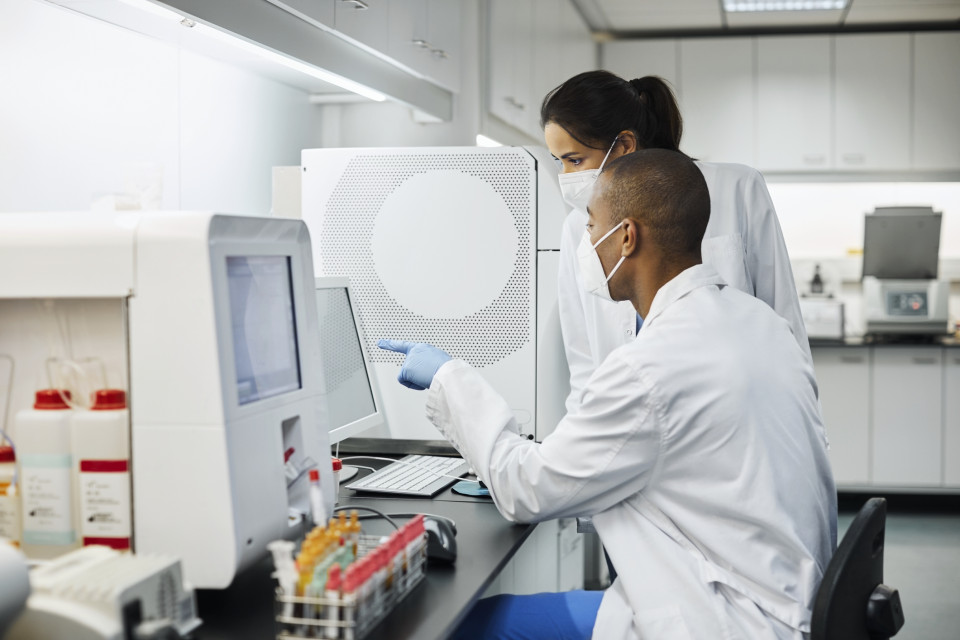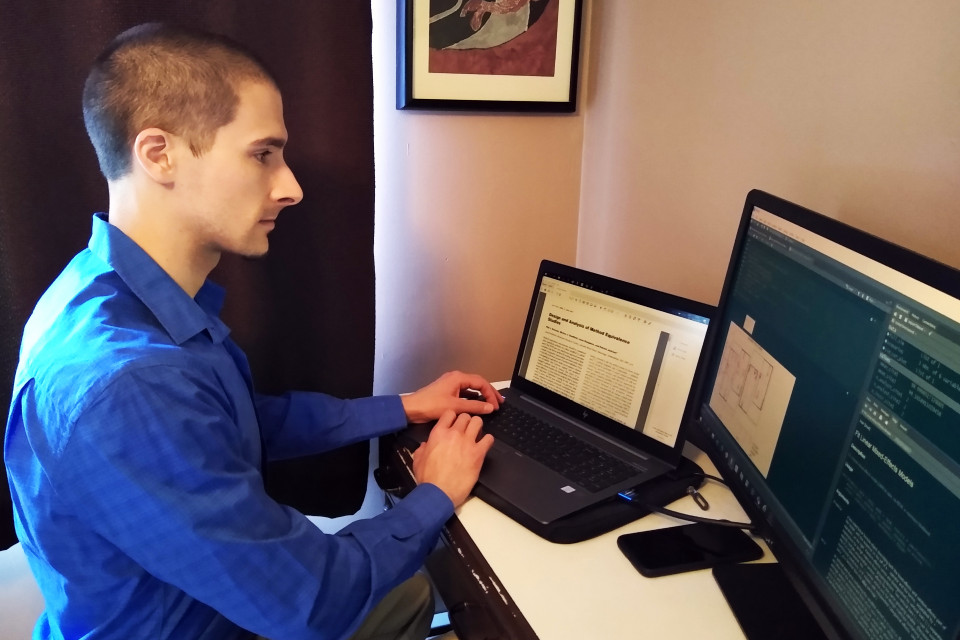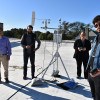A New COVID-19 Treatment Was Just Approved for Emergency Use. This Philly Statistician Is on the Team That Helped Make It Happen

A new generation of statistical experts are playing an integral part in healthcare.
COVID-19 has made armchair statisticians of us all, as talk of positivity rates and infection rates dominate morning work Zooms. But as everyone’s favorite rate, the vaccination rate, continues to hover short of herd immunity, our attention can turn toward other new data—how science can help the immunocompromised and others who may still get sick from COVID-19.
That’s where monoclonal antibodies come into play. They’re perhaps the best treatment we currently have for those who contract COVID-19, and fortunately, that work just took a leap forward.
The FDA has approved a new monoclonal antibody treatment, sotrovimab, for emergency use. To learn more about this complex but vital treatment and the implications of its use, we spoke to Duane Stanton, a statistical modeling expert with GlaxoSmithKline and a graduate of Villanova University’s master’s program in Applied Statistics, about how he assisted in preparing the treatment for market and how statistics is transforming the fight against COVID-19, cancer and beyond.
What It Takes to Treat COVID
The critical lesson COVID has taught us is that it’s not simply the product development, it’s also the question of how to get the treatment into individual’s bodies safely and consistently. Because of the unique structure of the COVID virus—that infamous “spike” protein—both the mRNA vaccine and monoclonal antibody delivery mechanisms require highly sensitive medical engineering.
Stanton, in the process of working on sotrovimab, analyzed measurement results from scientists at different sites and assessed the strength of evidence that the compound-measurement results were sufficiently within statistical control—steps necessary for FDA clearance.
“The researchers bring the scientific expertise, and we bring the statistical expertise. It’s a collaborative partnership,” Stanton says. In manufacturing research and development of the kind Stanton works on, conditions have to be exacting to get organic matter to function as intended, both during production and delivery. Minor variables, from temperature to pH level and other production conditions, can ruin a good dose. You’ve probably heard by now, for example, about how big a deal refrigeration is when it comes to vaccines—what temperature they need to be kept at for how long before they go bad.
Strict variables like those have created an industry of people like Stanton who work side by side with researchers to figure out how those variables can be accounted for in the production and storage of the treatment, making sure it will work—and work safely—in the real world, within a set range of conditions.
“You don’t want to make overconfident claims because you know at a minimum the quality of people’s lives could be on the line for making that kind of call,” Stanton says.

Duane Stanton, a graduate of Villanova’s Applied Statistics master’s program, worked side by side with researchers on a new treatment for COVID-19.
The New Physician-Statistician
The healthcare industry looks very different as a result. Stanton does not have a background in healthcare, biology or even general science. He’s a pure statistician through and through. But according to him, if you know the fundamental statistical principles, you can apply them and succeed in almost any field.
“80% is just having a really, really solid statistical background. Statistics is effectively math with a deep sort of foundational accounting for uncertainty and variability and noise baked into it. That’s where my master’s program really came to be important,” Stanton says. “The other 20% you can develop in the field.”
Stanton emphasizes the importance of the training he gained through Villanova’s Applied Statistics master’s program. Not only does it help his statistics work; it also helps him communicate with the scientists on his team.
“I went to Villanova because it gives you such a foundation in statistics, from statistical theory to application, through the breadth of its courses,” Stanton says. “Part of that education is you learn to communicate your calculations to your audience.”
But with so many career options in statistics, why did Stanton choose to go into pharmaceutical research and development?
“It’s sort of cliché, but I wanted to use information to make the world a better place,” Stanton says.
Healthcare Post-Pandemic
Cliché or not, he’s right. Sotrovimab is only the third monoclonal treatment approved by the FDA for emergency use, but as Stanton describes it, the treatment’s advanced engineering—which allows for developers to custom-target whatever aspects of the cell they require—has implications beyond COVID.
“Monoclonal antibodies are just incredibly versatile. You can tailor them to any condition,” Stanton says. “We could see it more in illnesses with complex chemical processes. With cancer, they can be used to target the active sites of a tumor cell, for example, or even send a signal to the body’s white blood cells and bring your body’s immune system to bear on the tumor.”
His team’s work has already produced real-world results during the pandemic.
“I hope that [sotrovimab] will be very successful clinically and then can be produced at a broader scale,” Stanton says, “to help as many patients as possible.”
Learn more about Villanova’s Master of Science in Applied Statistics program.
This is a paid partnership between Villanova University College of Liberal Arts and Sciences and Philadelphia Magazine


